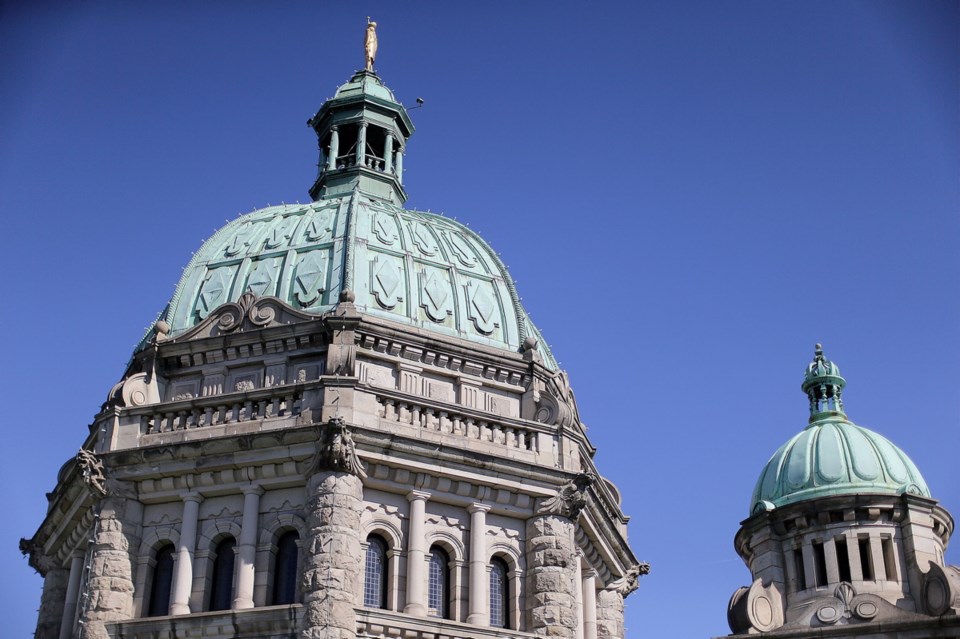Tuesday’s provincial budget began with a bang. Finance Minister Selina Robinson revealed that the deficit for last year, estimated just a few weeks ago at $13.6 billion, actually came in much lower, at $8.1 billion. The reason for the $5.5 billion improvement lies mainly in higher-than-expected tax revenues, and lower-than-forecast spending.
This is the best news in what is otherwise a mainly stand-pat budget. Of the government’s 23 ministries, 14 receive little or no increase in funding. Some are actually cut.
Most of the new spending is devoted to improved health-care delivery, hiring additional staff in long-term care facilities, providing assistance to low-income families and bolstering education.
Yet even here, the incremental spending is modest. The Health Ministry’s budget gets a 7.5 per cent lift, barely enough to keep up with inflation, our increasing population, and the ever-growing cost of aging. This will certainly not fund the hundreds of new family physicians needed to ensure everyone who wants a GP can find one.
The education budget (K-12 and post-secondary combined) rises a scant 2.5 per cent, well below demand.
And the combined social services budget increases 5.8 per cent, again a limited amount given the growing cost of social assistance and child welfare services.
These are relatively small steps considering the minister is predicting a whopping $9.7-billion deficit — higher even than last year’s.
The main cause is a huge set-aside for “pandemic and recovery contingencies” amounting to $3.25 billion.
And it appears these contingencies are carried on in future budgets. After this year’s monster deficit, the minister is forecasting shortfalls of $5.5 billion in 2022, and $4.3 billion in 2023.
Those are troubling numbers, in several respects.
First, the province’s economy is forecast to grow by a very healthy 4.4 per cent this year, followed by 3.8 per cent next year. So why the ongoing massive deficits?
Second, it appears essential programs are being, if not starved, at least kept on scarce rations, in order to continue fighting the COVID-19 outbreak, and the harm it has caused.
The minister is entitled to a degree of uncertainty as to how long the pandemic may continue. But at some point we have to get back to a form of normality.
There is also the question of how tight a track Robinson is keeping on her budget. It’s not reassuring to find that the deficit projection for last year fell by $5.5 billion over just a few weeks. Somebody can’t do math.
Then again, using her own forecasts, Robinson’s government is on track to run up more than $27 billion in deficits throughout its four-year term of office, with no end in sight.
Quebec, by comparison, which has suffered through a far worse COVID-19 outbreak than B.C., predicts a balanced budget in four years.
This is beginning to look like a rerun of the 1990s, when the NDP administrations of Mike Harcourt and Glen Clark produced nine straight deficits in a row.
And the question must be asked: What steps will be needed to mop up all the red ink and get the province back to a balanced budget?
Or perhaps more importantly, do Robinson and her colleagues have the political will or self-discipline to take those steps?
Every dollar she spends becomes the property of interest groups that will fight ferociously to keep what they believe is theirs. Moreover, many of these groups are long-standing supporters of NDP governments.
Can Robinson find the political courage to disappoint them? Harcourt and Clark certainly could not.
Viewed broadly, this budget makes sense for the year ahead. Our economy has been damaged, though less severely than many other provinces.
Robinson is taking the necessary steps to bring about a recovery.
But after that, her fiscal plan goes off the rails. If we do indeed incur the ongoing deficits she predicts, there will be a day of reckoning that all of us will have to suffer through.
The blow will fall most heavily on those most in need, as it always does.



